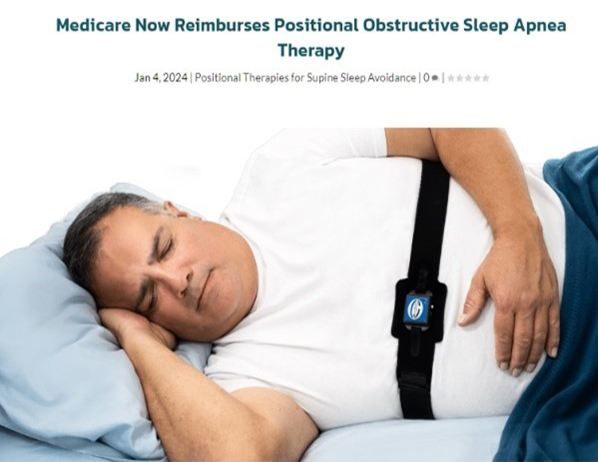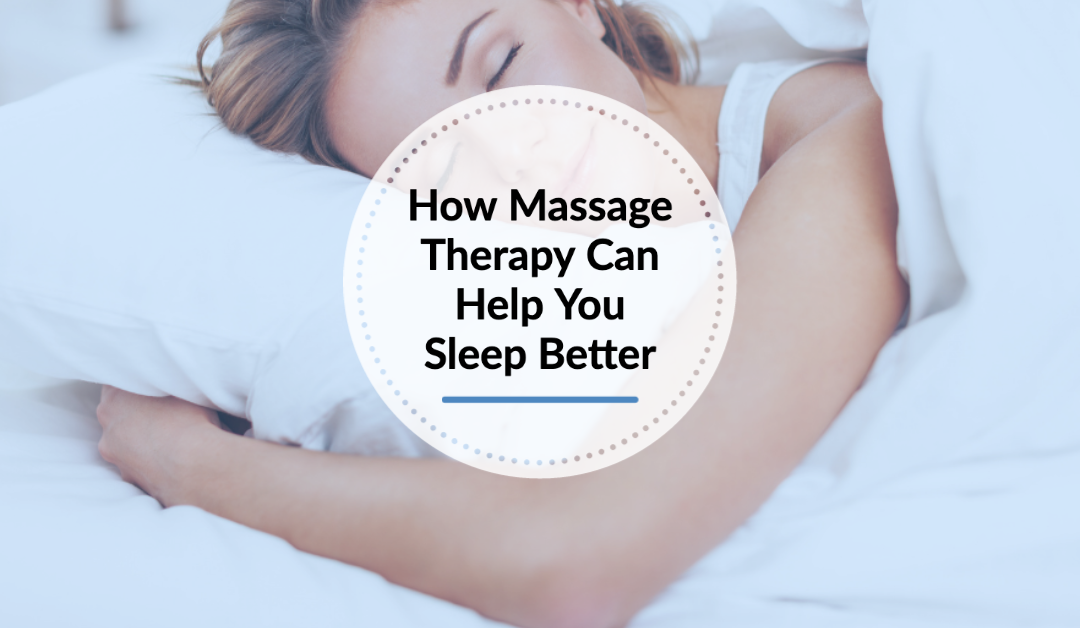Cognitive Behavioral Therapy for Insomnia (CBT-I) - Proven Methods
Cognitive Behavioral Therapy for Insomnia (CBT-I) - Proven Methods
Blog Article
Effective Treatment Solutions for Managing Rest Disorders and Enhancing Relaxed Sleep
In the world of healthcare, the administration of sleep problems and the mission for peaceful sleep are critical components of overall wellness. Reliable treatment remedies offer a complex approach to take on these challenges, varying from cognitive behavioral treatments to all natural practices that promote leisure and mindfulness. The exploration of various methods, consisting of the integration of medication and light treatment, opens up a realm of possibilities in the pursuit of better rest quality. As we browse the complex landscape of sleep conditions and look for to improve our sleep experience, a deeper understanding of these therapy services might hold the secret to opening a more refreshing and satisfying restorative journey.
Cognitive Behavior Modification for Sleeplessness (CBT-I)
Cognitive Behavior Modification for Sleeplessness (CBT-I) is an organized, evidence-based treatment method that focuses on attending to the hidden aspects adding to rest disturbances. This type of therapy aims to customize habits and ideas that aggravate insomnia, eventually promoting healthy and balanced rest patterns. CBT-I typically involves several essential components, including cognitive treatment, sleep limitation, stimulation control, and rest health education and learning.
Cognitive treatment helps people recognize and alter unfavorable idea patterns and beliefs regarding rest that might be impeding their ability to fall or stay asleep. Sleep constraint entails limiting the quantity of time spent in bed to match the individual's real rest period, thus boosting sleep performance (sleep improvement therapy). Stimulus control strategies help establish a strong organization in between the bed and rest by encouraging people to go to bed just when drowsy and to avoid participating in stimulating activities in bed
Additionally, sleep health education and learning concentrates on developing healthy rest routines, such as maintaining a constant sleep routine, creating a relaxing going to bed regimen, and maximizing the rest setting. By dealing with these variables adequately, CBT-I uses a reliable non-pharmacological treatment for taking care of sleeping disorders and improving total sleep top quality.
Sleep Health Practices
Having actually developed the foundation of cognitive restructuring and behavioral modifications in attending to insomnia with Cognitive Behavior modification for Insomnia (CBT-I), the emphasis currently shifts towards checking out crucial Sleep Health Practices for keeping ideal rest high quality and general well-being.
Sleep hygiene practices encompass a series of routines and environmental variables that can dramatically impact one's capability to go to sleep and remain asleep throughout the night. Consistent rest and wake times, developing a relaxing bedtime regimen, and enhancing the sleep atmosphere by maintaining it dark, silent, and cool are important parts of great sleep hygiene. Restricting exposure to screens prior to going to bed, avoiding energizers like high levels of caffeine near to going to bed, and involving in routine physical activity throughout the day can also promote much better rest top quality.
Moreover, practicing leisure techniques such as deep breathing exercises or reflection before bed can help relax the mind and prepare the body for sleep. By integrating these rest hygiene practices into one's daily regimen, individuals can develop a healthy and balanced rest pattern that supports peaceful sleep and overall well-being.
Relaxation Techniques and Mindfulness
Carrying out relaxation strategies and mindfulness practices can play an essential function in promoting a sense of calm and advertising high quality original site rest. insomnia solutions. These strategies aim to silent the mind, lower tension, and create an ideal environment for relaxed rest. One commonly exercised technique is deep breathing workouts, where individuals focus on slow, deep breaths to unwind the body and mind. Progressive muscle relaxation includes tensing and after that releasing each muscle team, promoting physical leisure. In addition, directed images can help move people to a calm location in their minds, assisting in tension reduction and improving sleep high quality.
Mindfulness techniques, such as reflection and yoga bright light therapy for sleep exercise, are also efficient in promoting relaxation and boosting rest. Mindfulness motivates individuals to stay existing in the minute, releasing bother with the past or future. By integrating these practices right into a bedtime regimen, people can signal to their bodies that it is time to prepare and take a break for rest. In general, incorporating leisure techniques and mindfulness practices can considerably contribute to handling rest conditions and boosting general rest top quality.

Medicine Options for Rest Disorders
After checking out relaxation techniques and mindfulness techniques as non-pharmacological treatments for improving sleep high quality, it is important to think about medicine choices for individuals with rest conditions. In situations where way of living modifications and treatment do not supply adequate relief, medicine can be an important tool in handling rest disruptions.
Generally recommended drugs for sleep problems include benzodiazepines, non-benzodiazepine hypnotics, antidepressants, and melatonin receptor agonists. Benzodiazepines, such as diazepam, are sedatives that can assist generate rest, however they are generally advised for temporary usage due to the threat of reliance. Non-benzodiazepine hypnotics like zolpidem are also used to treat sleeplessness and have a reduced threat of dependence contrasted to benzodiazepines. Antidepressants, such as trazodone, can be advantageous for individuals with co-occurring depression and sleep disturbances. Melatonin receptor agonists, like ramelteon, target the body's natural sleep-wake cycle and can be valuable for managing sleep patterns.
It is crucial for individuals to talk to a doctor to establish the most appropriate drug choice based on their details rest problem and case history.
Light Treatment for Body Clock Law
Light therapy, likewise called phototherapy, is a non-invasive therapy approach used to control circadian rhythms and improve sleep-wake cycles. This treatment includes exposure to brilliant light that mimics all-natural sunshine, which assists to reset the body's internal clock. By exposing people to details wavelengths of light, usually in the early morning or night relying on the desired result, light treatment pop over here can effectively change the circadian rhythm to promote wakefulness throughout the day and enhance restful rest in the evening.
Research study has shown that light therapy can be particularly useful for individuals with body clock conditions, such as postponed rest stage syndrome or jet lag. It can additionally be valuable for those experiencing seasonal affective condition (SAD), a kind of anxiety that normally takes place during the wintertime months when natural light exposure is reduced. Light treatment is typically well-tolerated and can be used in combination with other therapy techniques for rest problems to optimize end results and improve total rest top quality.
Conclusion
In final thought, effective treatment services for taking care of rest conditions and enhancing restful rest include Cognitive Behavior modification for Sleep Problems (CBT-I), rest hygiene techniques, leisure techniques and mindfulness, drug choices, and light treatment for circadian rhythm law. These strategies can help people enhance their sleep high quality and general well-being. It is vital to seek advice from a healthcare company to determine one of the most ideal method for addressing rest issues.
As we browse the detailed landscape of rest conditions and seek to boost our rest experience, a much deeper understanding of these treatment options might hold the trick to opening an extra refreshing and satisfying corrective journey.
Sleep constraint involves limiting the amount of time spent in bed to match the individual's real sleep duration, thereby increasing rest efficiency. Constant sleep and wake times, producing a relaxing bedtime routine, and maximizing the rest setting by maintaining it dark, peaceful, and cool are important parts of great sleep hygiene. Light treatment is usually well-tolerated and can be utilized in conjunction with other therapy techniques for rest conditions to maximize results and improve overall rest high quality.

Report this page